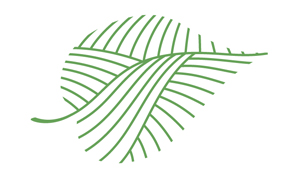First lamb in the new lambing jug.
As our flock has grown, so has our need for more lambing jugs. A lambing "jug" is a small pen that a ewe and her lamb/lambs are housed in after lambing. In this small space, separate but still near the flock, the mother and lamb bond. The lamb learns the sound of its mother's nicker and how to nurse away from the jostling of the flock. The ewe/lamb bond is very important for the success of the lamb, especially when the flock is turned out onto pasture.
We cut panels from our local ag' supply store with 4"x4" openings to length then "stitched" them together with spiral posts from Premier. The backbone of the jug pens is an uncut 16' panel. The spirals make a perfect hinge for the front of the jug and a clip latches the front door closed.
A bucket hook holds the water safely off the ground, away from the curious lamb. The welded wire hay feeder was an add on item I ordered from D-S livestock when we bought our handling system last November. It hooks over the wire panel (or a wood board).
If all goes well, ewes get two days in the jug; new mothers and groups of twins or triplets get a few extra days before they rejoin the flock.









